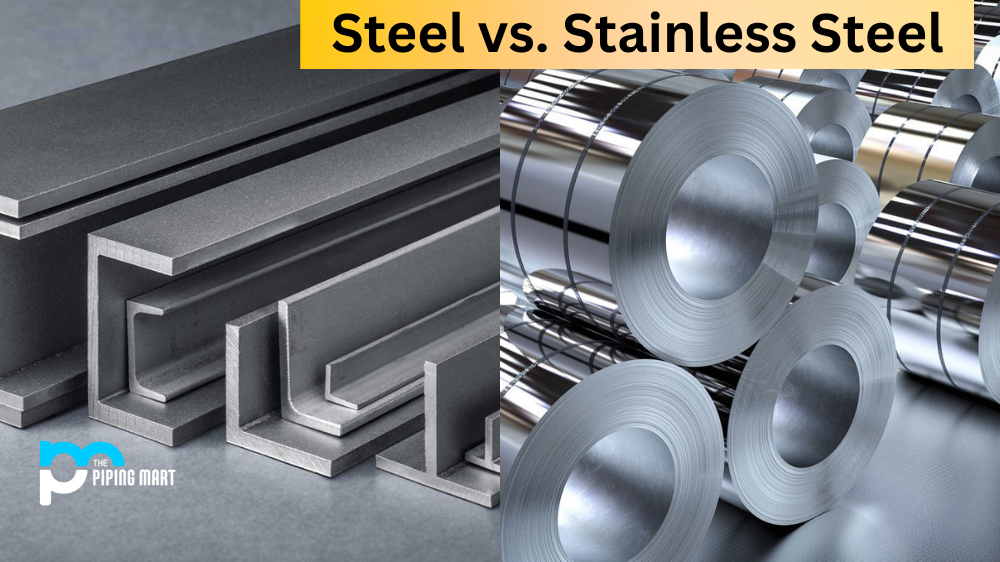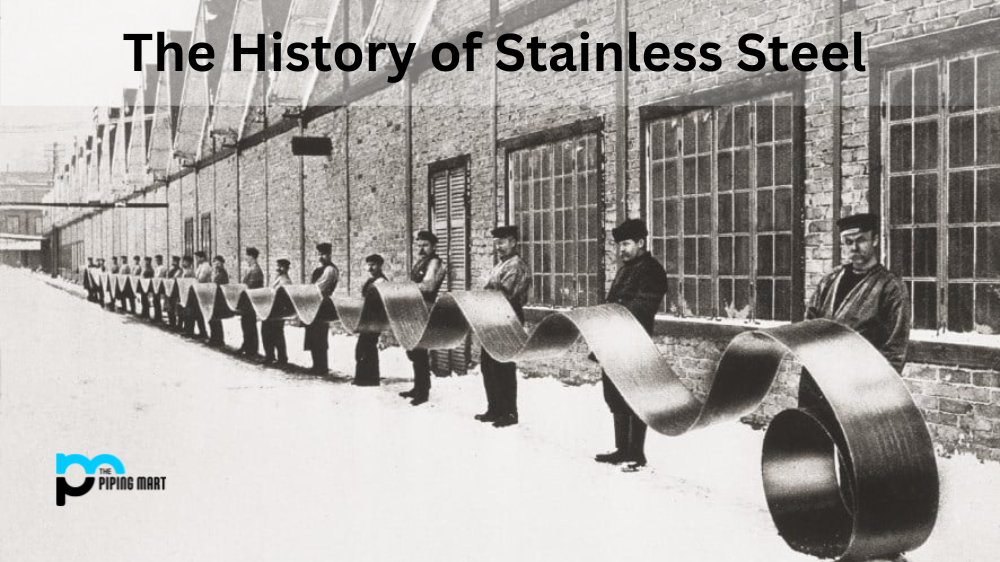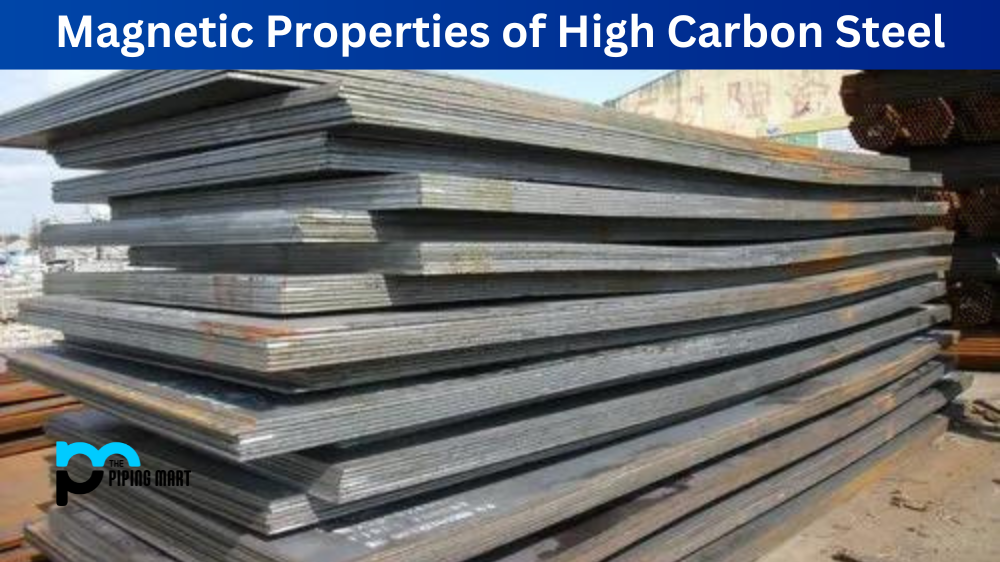Steel and stainless steel are both widely used materials in manufacturing. But what makes them different from each other? In this blog post, we’ll explore the major differences between steel and stainless steel to help you decide which might be best for your project.
What is Steel?
Steel is a metal alloy composed of iron and carbon, with small amounts of other elements such as manganese, sulfur, phosphorus, and silicon. It is an incredibly strong and durable material that is cost-effective to produce. It has a wide range of applications in various industries, including construction, automotive, appliance manufacturing, furniture making, and more.
What is Stainless Steel?
Stainless steel is a type of steel that contains chromium and other alloying elements like nickel and molybdenum. It is also strong and durable but has the added benefit of being corrosion-resistant due to its high chromium content. This makes it ideal for use in industries where exposure to moisture or acidic substances could cause rust or corrosion. Stainless steel is commonly used in the food industry (for kitchenware), marine settings (boats and ships), medical equipment (surgical instruments), architecture (building facades), and many more settings.
Difference Between Steel and Stainless Steel
Steel vs Stainless Steel Composition
One of the primary differences between steel and stainless steel is their composition.
Steel: Steel is made by combining iron and carbon, which hardens the iron. Steel has a lower carbon content than stainless steel, which makes it stiffer and stronger. Various impurities such as sulphur, silicon, phosphorous, and manganese are removed from iron during the steelmaking process.
Stainless Steel: Stainless steel production follows the same steps as steel production but adds chromium, nickel, nitrogen, and molybdenum. The chromium content is critical in making stainless steel; it must be at least 10.5% to qualify. This chromium is essential for metal protection because it reacts with oxygen in the environment to form a passive surface layer. This passive layer protects the metal from rust and promotes self-healing in the event of minor abrasions.
Steel vs Stainless Steel Properties
Steel has magnetic properties and is divided into three types based on carbon content: high, medium, and low. Steel has better heat distribution due to its higher thermal conductivity.
Stainless steel is typically nonmagnetic, with some exceptions. There are approximately sixty grades of stainless steel, which are distinguished by their degree of magnetism, chromium percentage, and proportions of other elements. Stainless steel has higher hardening properties than steel, making it less malleable with lower thermal conductivity and heat distribution.
Steel vs Stainless Steel Strength
Steel is stronger than stainless steel, making it ideal for construction projects where strength is important. However, stainless steel is still quite strong and can be used for a variety of applications.
Steel vs Stainless Steel Corrosion Resistance
Stainless steel is more resistant to corrosion than steel. This is due to the addition of chromium and nickel, which protect the metal from rusting. Steel can still corrode, however, if it is exposed to moisture or other corrosive substances.
Steel vs Stainless Steel Maintenance
Stainless steel requires less maintenance than steel. This is because it is more resistant to corrosion and does not require as much attention in order to prevent rusting. Steel, on the other hand, may require periodic painting or other forms of protection in order to prevent corrosion.
Steel vs Stainless Steel Price
Another important factor to consider is the price difference between steel and stainless steel. Although prices vary by grade, stainless steels are generally more expensive than steel. This is primarily due to adding alloying elements such as chromium, nickel, manganese, and others to stainless steel. These extra elements all add up to a higher cost than steel. On the other hand, steel is mostly made up of inexpensive iron and carbon elements. If you’re working with a tight budget on your next project, carbon steel might be the best option.
Conclusion:
Steel and stainless are two popular materials that are used in many different industries for a variety of purposes. They both have advantages depending on the application they are being used for — regular steel is often more cost-effective, while stainless offers superior corrosion resistance properties, which make it ideal for use in wet or acidic conditions. Understanding the differences between these two materials can help you make an informed decision about which one will work best for your project or application.
Sakshee is a talented blogger, with a particular focus on the Business and Metal Industry. She is passionate about sharing her insights on various metal products and helping professionals to make a better decisions.




